-
Welcome to Tacoma World!
You are currently viewing as a guest! To get full-access, you need to register for a FREE account.
As a registered member, you’ll be able to:- Participate in all Tacoma discussion topics
- Communicate privately with other Tacoma owners from around the world
- Post your own photos in our Members Gallery
- Access all special features of the site
Tacoma Lift FAQ/Guide - READ THIS
Discussion in 'Suspension' started by Khaos, Jul 10, 2008.
Page 12 of 76
Page 12 of 76


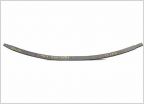 Rear Suspension advice and help
Rear Suspension advice and help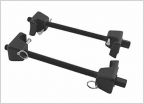 Risks of "do it yourself" on upgrading your suspension
Risks of "do it yourself" on upgrading your suspension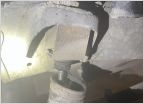 Gen 2 Aftermarket Suspension
Gen 2 Aftermarket Suspension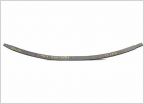 Rear Lift w/ LEER cap question?
Rear Lift w/ LEER cap question?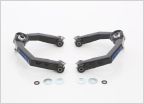 UCA's: Camburg v. Icon
UCA's: Camburg v. Icon


